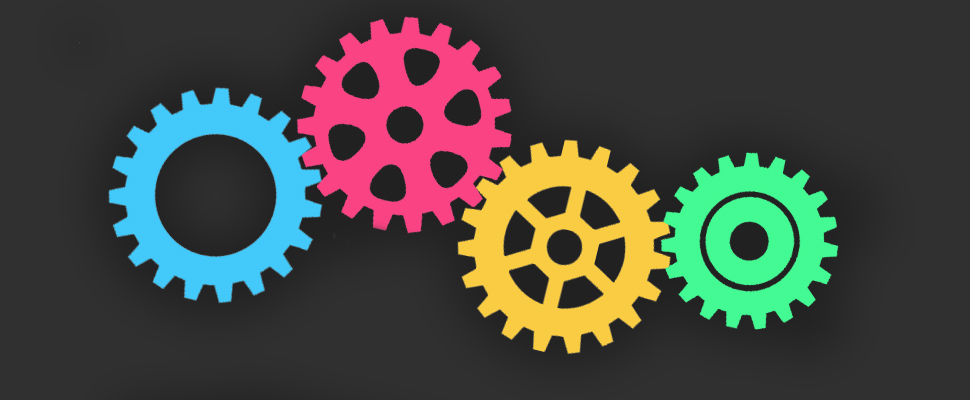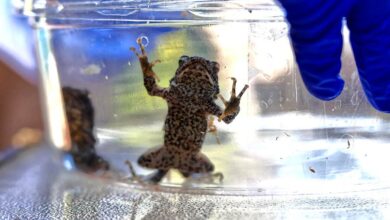Perfection through diversity
How is the perfect functioning of certain natural and artificial systems achieved? The diversity of its parts may be the answer.

Gears / Composition: LatinAmerican Post
LatinAmerican Post | Marcelo Jaime
Listen to this article
Leer en español: La perfección a través de la diversidad
To move forward with our society we must all push evenly, go to the same side or sing, if possible, the same song. Our everyday language is full of metaphors referring to the way in which human beings must interact in a coordinated way to achieve a certain objective. But how to achieve it? Do we need to think in exactly the same way? How important is diversity? Science has much to say about it.
A group of scientists from Northwestern University (Illinois, United States) has demonstrated what until now was believed unprovable: that entities that interact in certain systems can only be synchronized if they are different from each other.
How parts of some systems interact
Professor Adilson Motter, who led the research, explained that the identical parts that make up certain systems tend to behave differently when they interact. This phenomenon generates a loss of synchronization. The system, composed of perfect parts, becomes imperfect.
However, entities behave identically again when small differences between them are introduced. The system regains perfection due to the diversity of its parts.
To perform the experiment, which was published in the journal Nature Physics, the researchers used three electric generators. Separately, each of them oscillated at a frequency of 100 cycles per second. However, when they were connected to form a triangle, their frequencies diverged. On the other hand, if the dissipation of the generators was adjusted to different levels, the frequency was identical again.
Also read: January 2020 was the warmest month in history
Implications of the discovery
According to the Northwestern University article, this discovery could be used to optimize several systems. An example of this is electrical networks, in which many interconnected parts are required to synchronize perfectly. In addition, it could be important to understand the collective behavior of other systems that are found in nature (think, for example, of fireflies, which flash in unison even if the individuals that make up the group are different). It could even be valuable to understand the way in which assembled human beings manage to agree and act in a synchronized way despite the diversity of their beliefs … or precisely because of that.
In that sense, the team of researchers has proposed to study the implications of their findings in various technological, biological and social systems. Currently, they are working on the design of a more stable electricity network that allows the progressive incorporation of energy from renewable sources.




